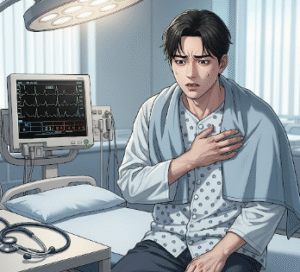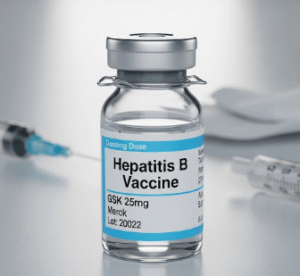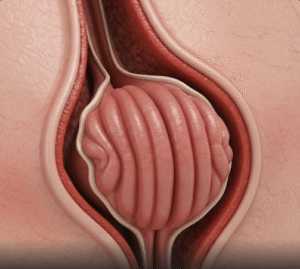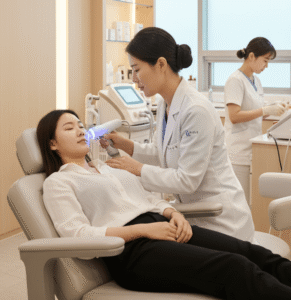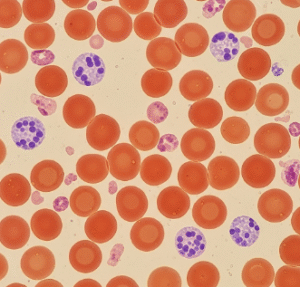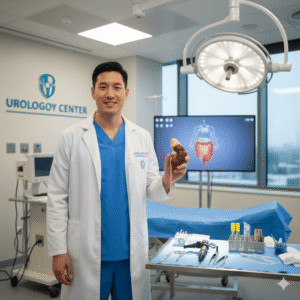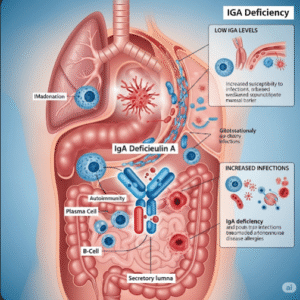Overview
Chest injuries refer to trauma affecting the chest wall, lungs, heart, or major blood vessels. These injuries can range from minor bruises and rib fractures to life-threatening conditions like pneumothorax (collapsed lung) or cardiac tamponade. In Korea, chest injuries are managed with state-of-the-art trauma care units, advanced imaging, and minimally invasive surgical interventions, ensuring high survival and recovery rates.
What are Chest Injuries?
Chest injuries (also called thoracic trauma) include any damage to the chest due to blunt force, penetrating wounds, or crush injuries. They are a leading cause of trauma-related hospital admissions worldwide. In Korea, rapid emergency response systems and specialized trauma centers play a crucial role in treating these injuries effectively.
Symptoms
- Sharp or severe chest pain
- Difficulty breathing or shortness of breath
- Coughing up blood (hemoptysis)
- Bruising, swelling, or deformity of the chest wall
- Rapid heartbeat and low blood pressure in severe cases
- Unequal chest expansion while breathing
- Gasping or noisy breathing
Causes
- Blunt trauma: Car accidents, sports injuries, falls, or physical assault
- Penetrating trauma: Stab wounds, gunshot injuries, or shrapnel wounds
- Crush injuries: Heavy object accidents or workplace trauma
- Medical causes: Complications from CPR or invasive procedures
Risk Factors
- Road traffic accidents (common in urban areas)
- Construction and industrial work environments
- Military and combat-related injuries
- Contact sports (martial arts, football, etc.)
- Pre-existing lung disease, which worsens outcomes
Complications
- Pneumothorax (air in chest cavity, collapsing lung)
- Hemothorax (blood in chest cavity)
- Flail chest (multiple rib fractures causing unstable chest wall)
- Cardiac tamponade (fluid around the heart compressing it)
- Respiratory failure
- Post-traumatic pneumonia or infection
Prevention
- Using seat belts and airbags in vehicles
- Wearing protective gear in construction and sports
- Implementing road safety rules and workplace safety measures
- Strengthening bones with proper nutrition and exercise
- Avoiding high-risk activities without safety precautions
Treatment Options in Korea
Korea has world-class trauma and thoracic surgery units that provide rapid and advanced treatment:
- Emergency care:
- Immediate resuscitation following ATLS (Advanced Trauma Life Support) guidelines
- Oxygen therapy and airway management
- Chest tube insertion for pneumothorax or hemothorax
- IV fluids and blood transfusions in severe bleeding
- Diagnostic tools:
- Chest X-ray, CT scan, and ultrasound (FAST exam) for internal injuries
- Echocardiography for heart-related trauma
- Bronchoscopy to check airway injuries
- Surgical treatment:
- Video-assisted thoracoscopic surgery (VATS) for minimally invasive repair
- Open thoracotomy for severe bleeding or organ damage
- Rib fixation surgery for flail chest
- Rehabilitation:
- Pain management and physiotherapy
- Breathing exercises to restore lung function
- Long-term monitoring for complications like chronic pain or lung scarring


